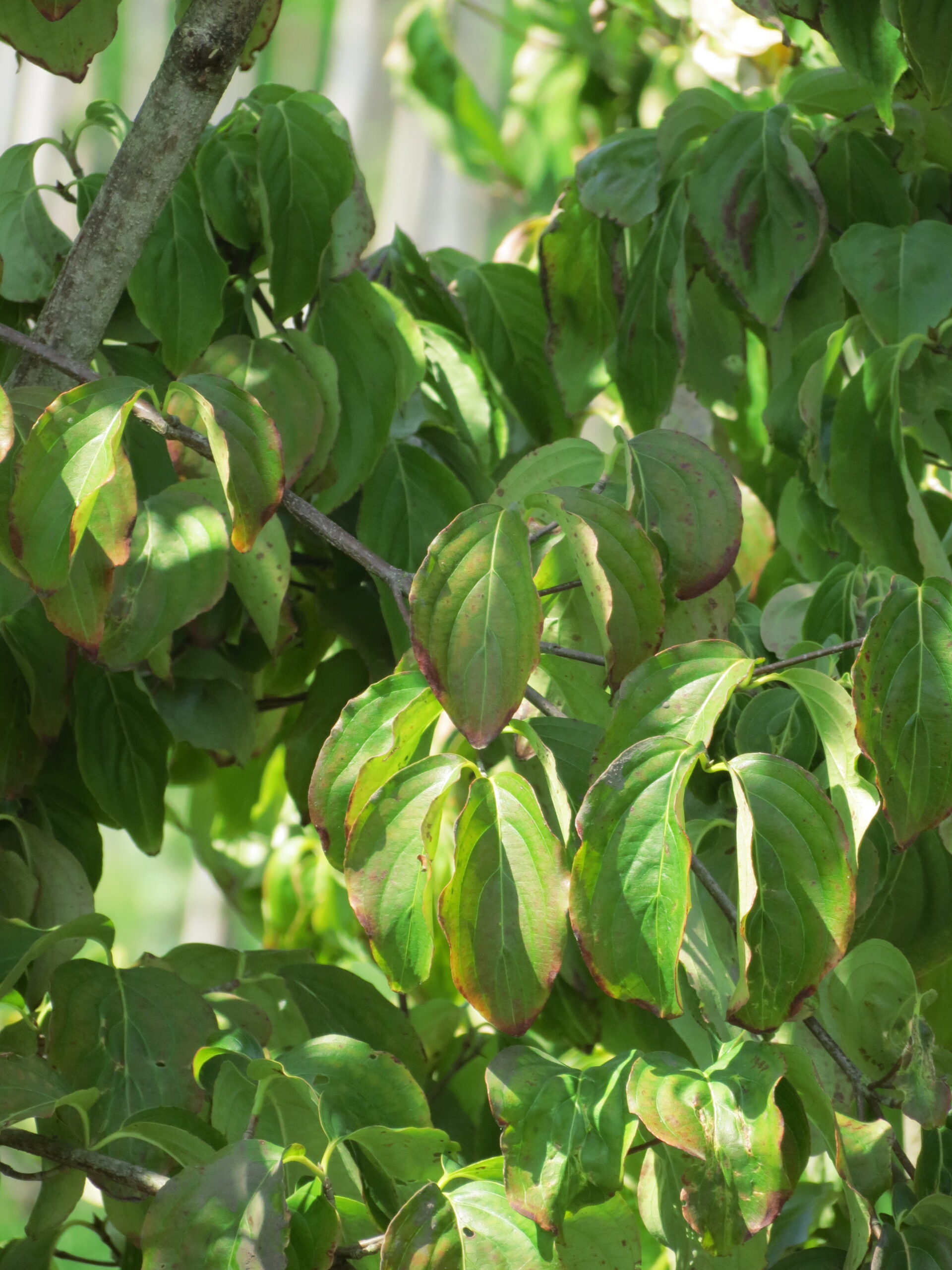

Scientific efforts have focused on unwanted health risks on untargeted organisms caused by repeated and global employment of fungicides 5.ĭiniconazole is a triazole type with an excellent antifungal capacity in protection of fruits, vegetables, cereals and tea plants against several diseases through therapeutic and preventive practices 6. Despite their large scale uses and economic benefits in agricultural areas, overexposure to various pesticides carries high risks for the environment and biota.Īs a multi-member pesticide family, triazoles have become one of the most commonly applied fungicides due to their effectiveness, systemic motion, wide spectrum, and versatile usage for suppressing plant diseases and yield loss due to pathogenic fungi 3, 4. Pesticides are biocidal substances which have been indispensably utilized in crop production for an effective fight against pests such as insects, fungi, herbs and mites 2. Since plant diseases, weeds and pests are the most considerable concerns for adequate crop production worldwide, the pest control is a crucial step for eliminating the yield losses 1. mas extracts induced a dose-dependent prevention and amelioration in all damages arisen from diniconazole application.Īgriculture is a vital spot for economic development for many countries. The meristematic cell damages induced by diniconazole were indistinct transmission tissue, epidermis cell deformation, thickening of the cortex cell wall and flattened cell nucleus. Diniconazole caused significant rises in malondialdehyde content and the total activities of superoxide dismutase and catalase enzymes. Mitotic index decreased, while chromosomal aberrations increased following diniconazole application. Diniconazole application caused a significant reduction in germination percentage, root elongation and total weight gain. cepa bulbs were divided into six groups which were treated with tap water, 0.5 g/L CME, 1.0 g/L CME, 100 mg/L diniconazole, 0.5 g/L CME + 100 mg/L diniconazole and 1.0 g/L CME + 100 mg/L diniconazole, respectively. For this aim, physiological, cytogenetic and biochemical parameters as well as the meristematic cell damages were investigated in A. mas fruit extract (CME) against the toxic effects of diniconazole on a model organism, Allium cepa L. The present study was designed to evaluate the preventive efficiency of C.

Diniconazole, a broad-spectrum fungicide, is employed extensively. Cornelian cherry ( Cornus mas L.) is a medicinal plant with antioxidant-rich fruits.


 0 kommentar(er)
0 kommentar(er)
